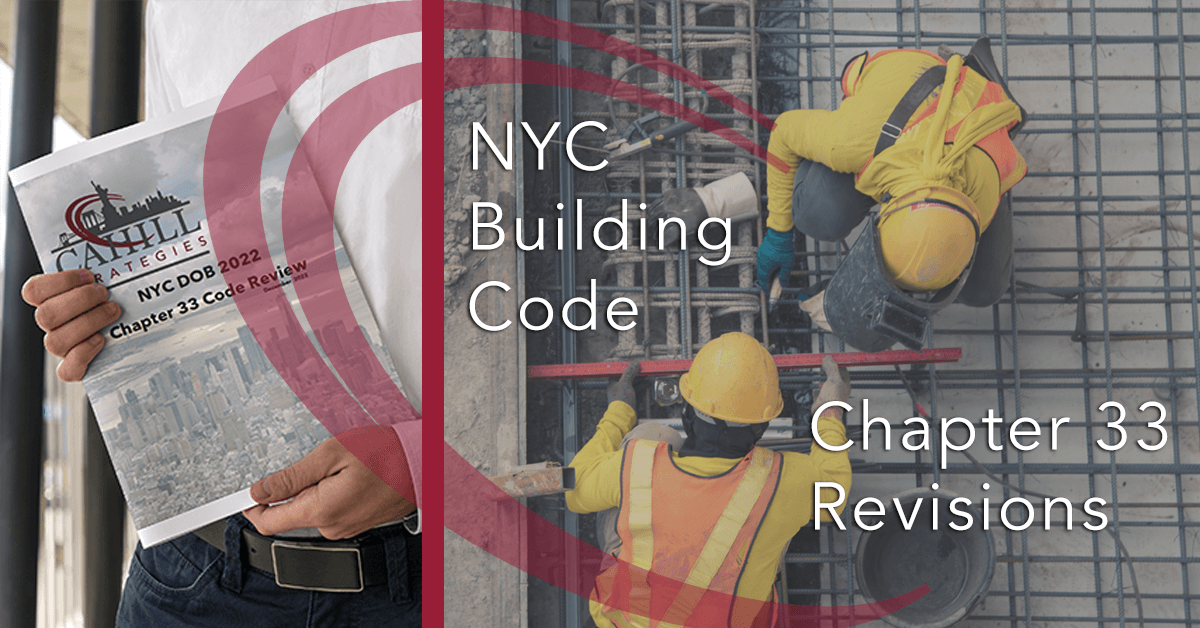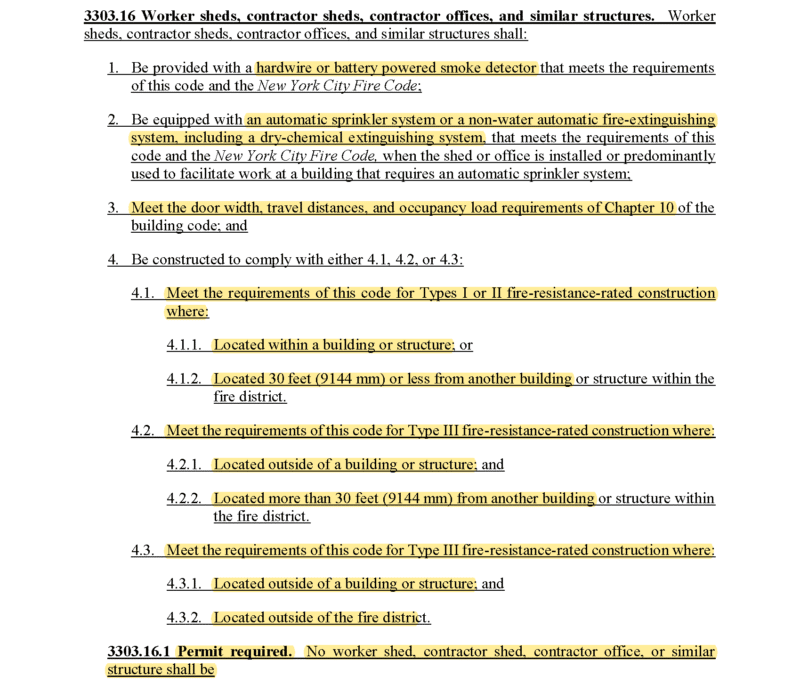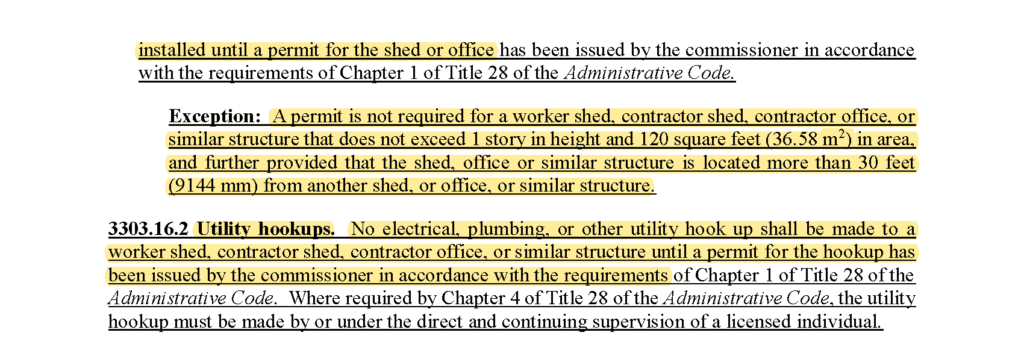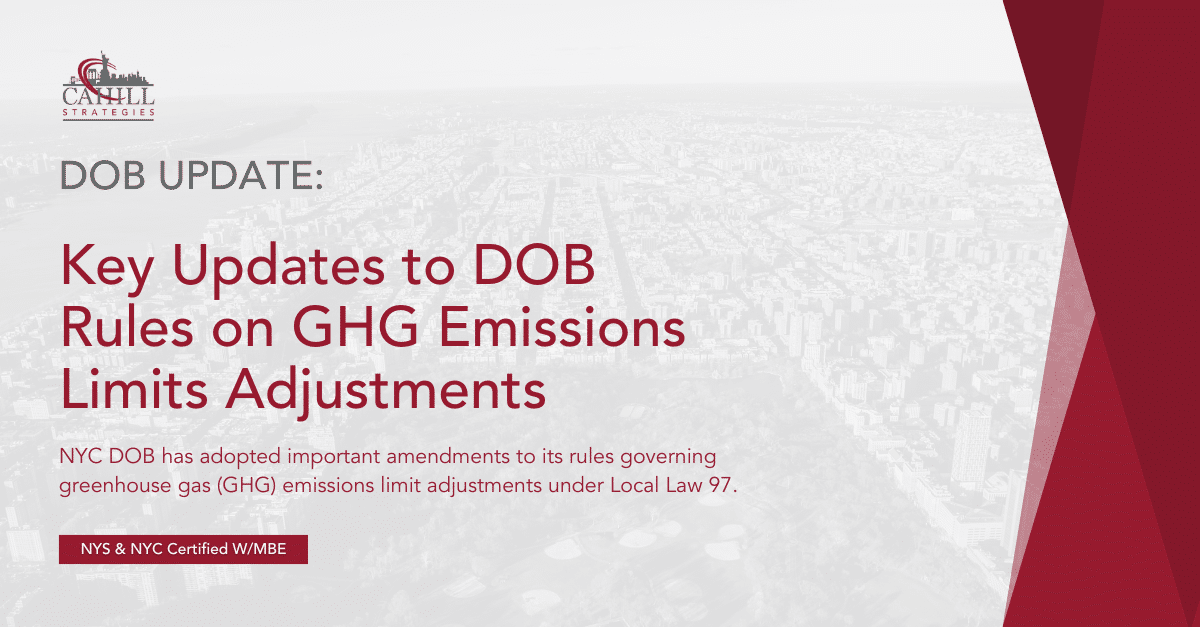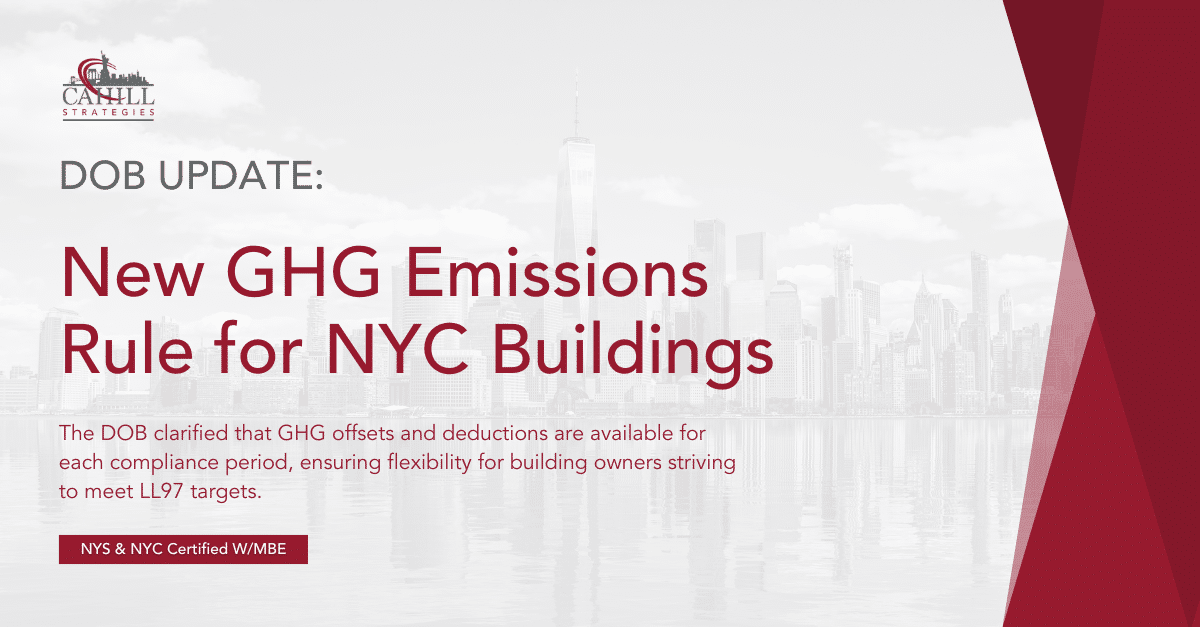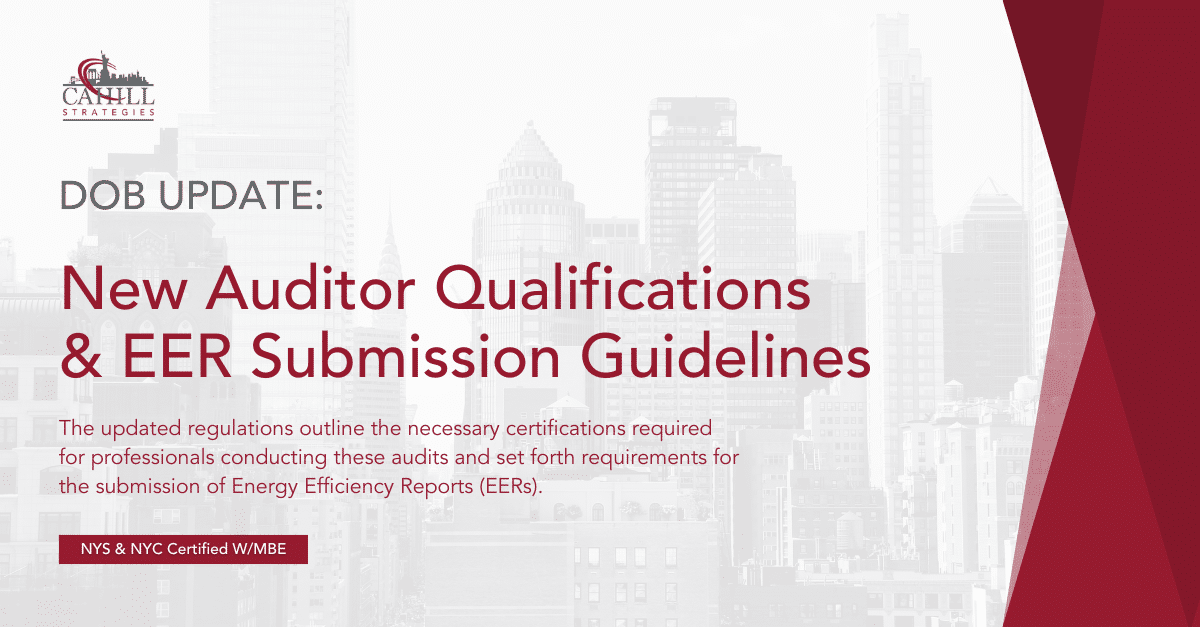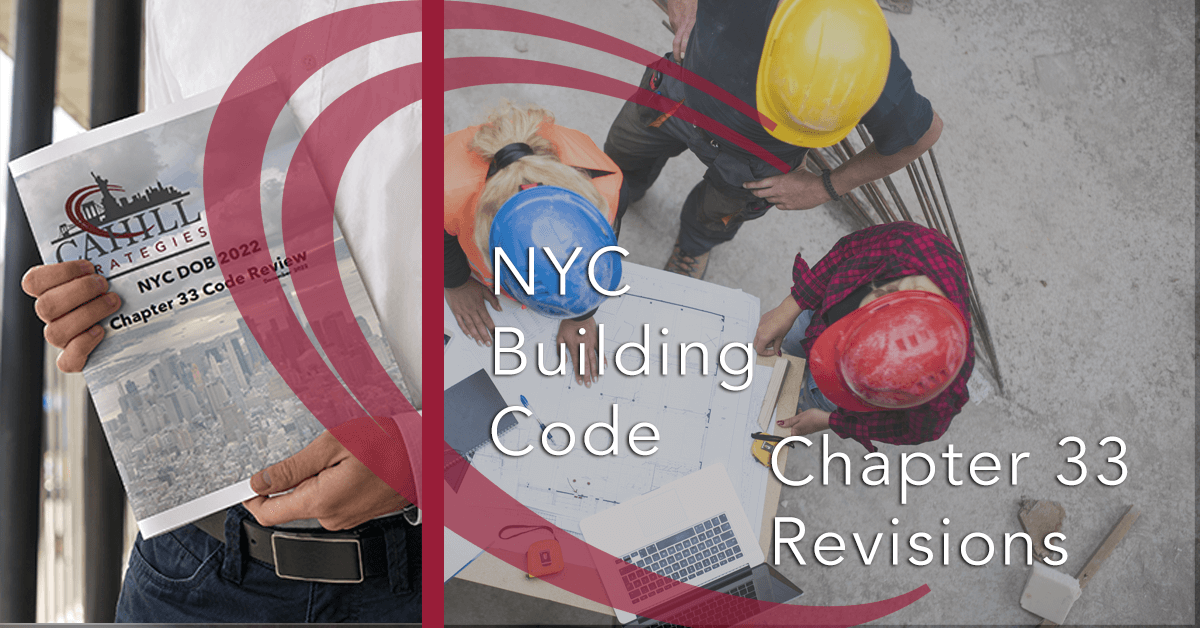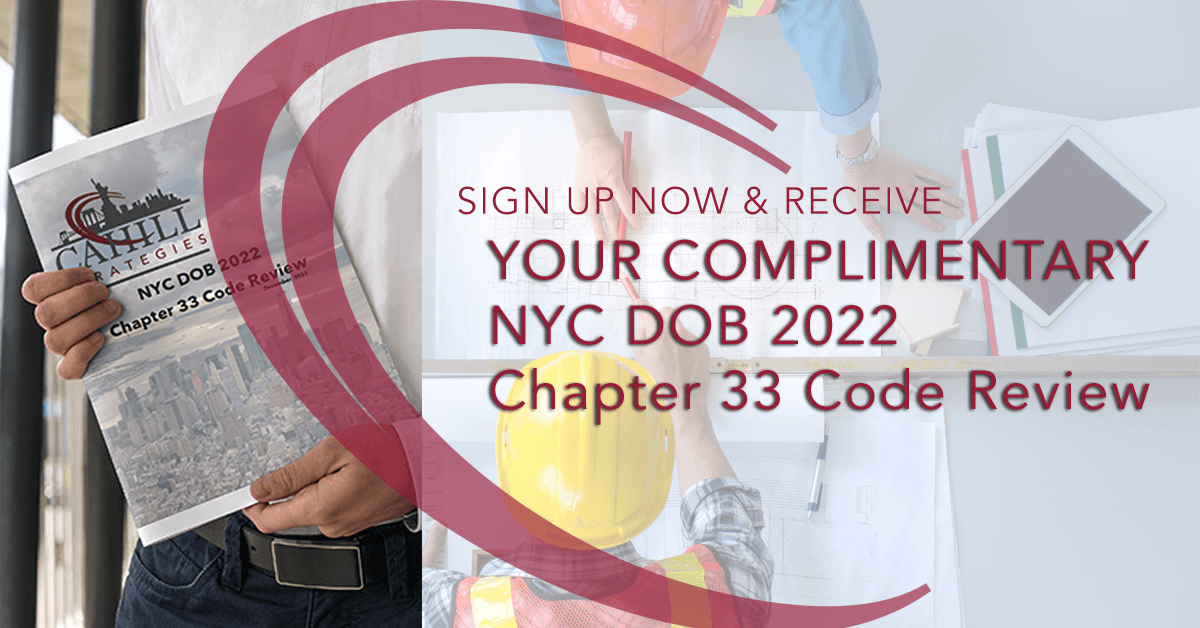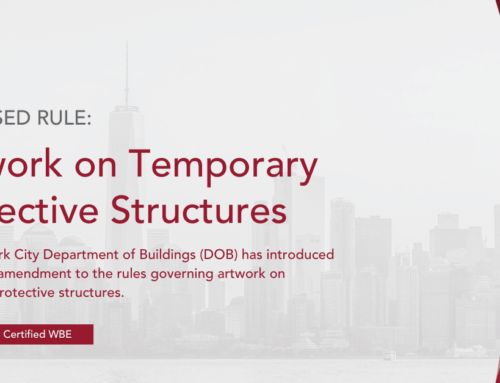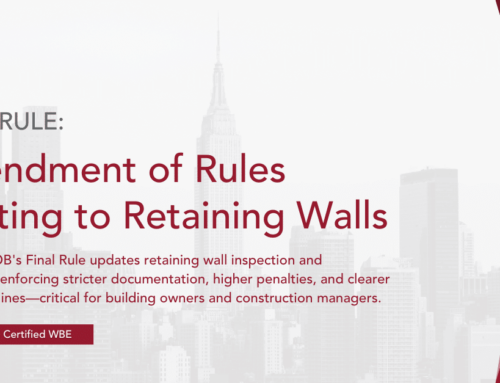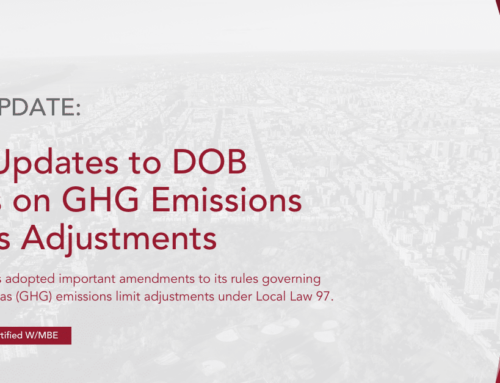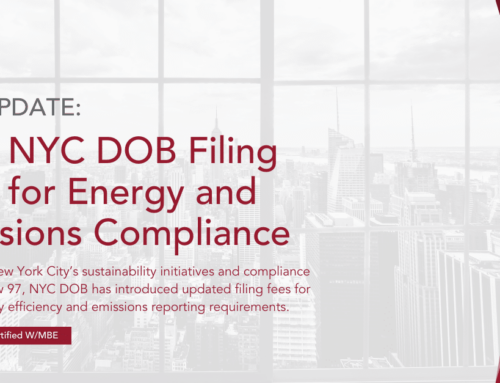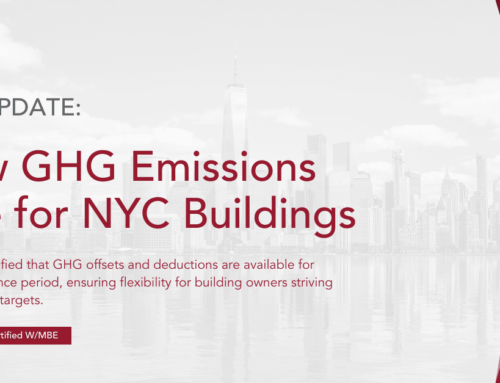Our Series on the 2022 New York City Building Code, Chapter 33, Safeguards During Construction or Demolition Continues…
Introducing BC 3303.16 – Worker Sheds, Contractor Sheds and Similar Structures
The existing code did not require a permit for contractor shanties/offices, even though DOB inspectors often asked for permits for large contractor offices. The shanties/offices within 30 feet of an existing bldg., a new bldg., or another shanty/office had to be non-combustible construction with few exceptions (exceptions limited to 1 story and 120 square feet in area, more than 30 feet from another shanty/office, and constructed of fire-retardant wood protected from elements by sheet metal).
The revised code now requires the installation of smoke detectors and wet sprinklers or dry chemical extinguishers (commonly used today) and compliance with egress requirements of Chapter 10, as they relate to door width and travel distance. The construction of the shanty/office must meet the requirements of Class I, II (non-combustible) or III fire-resistant construction (protected combustible), depending on the location of the shanty/office (inside structure, inside fire district, within 30 feet of another shanty/office).
A permit is needed for the construction of the shanty/office, except if the shanty/office does not exceed 1 story and 120 square feet and is located more than 30 feet from another shanty/office. However, permits are needed for all utility hookups (electric, plumbing, etc.) without exception
# # #
In the coming days, we will share some of the most important aspects of these revisions that our industry friends and associates need to know about via our LinkedIn page. We suggest you follow our page so you won’t miss a single one. You can also join our email list using the form below to receive updates on this and all matters we share about New York City construction.
For clients, we’ll be consulting, advising, and holding video call de-briefs for some of the most important aspects of these code changes. We’re even developing a handy reference guide and digest – specially curated for our clients. Stay Tuned.
Are you a Contractor – General or Sub? Temporary Construction Equipment Installer? Site Safety Manager? Site Safety Coordinator? Registered Construction Superintendent? Concrete Safety Manager?
Are you a Developer or Owner?
No matter what your role is, being aware of New York City’s latest construction code changes can help you to build safe and save you time and money. And as we all well know – ignorance of the rules is no defense when the inspector comes knocking. Not having a firm grip on the latest regulations can be very costly. Problems like this can be avoided when you have an experienced team combing through the new regulations and making relevant information available to you.
The new Chapter 33 construction code revisions cover the following areas:
- Manufacturer specifications, design, and capacity
- Safeguards and Maintenance of the Site
- Soil and foundation work
- Material placement and installation
- Demolition
- Protection of pedestrians
- Unenclosed perimeter protection
- Protection of adjoining property
- Requirements for the construction or demolition of major buildings
If you’re doing major work in New York City, every one of these areas is part of your day-to-day.
Here at Cahill Strategies, we assist developers, owners, general contractors and other industry stakeholders to understand the intricacies of the New York City code. We solve problems in this area every single day.
Follow us on our LinkedIn Page, Sign up for our email updates below.
###
A Note About the effective dates of the 2022 New York City Building Code, Chapter 33, Safeguards During Construction or Demolition:
- The effective date of the 2022 Building Code (Local Law 126 of 2021) is November 7, 2022.
- Buildings Bulletin 2022-007 (Building Bulletins 2022 – Buildings governs when an application is subject to the 2022 codes vs prior codes.
- For Chapter 33/Safeguards During Construction or Demolition, the trigger date for jobs requiring a Site Safety Plan (SSP) is the approval date of the SSP.
- For jobs NOT requiring a SSP submission or not requiring a SSP at all, the trigger date is the submission date of the underlying work application (new building, alteration, etc).
- For phased SSP submissions, at least one complete phase (such as the foundation phase of a multi-phase project) must be approved before 11/07/22 to vest under the 2014 codes.
- Application submissions must be “substantially” complete, meaning, no incomplete “place holder” filings should be submitted for the sole purpose of vesting under a prior code.
- For temporary construction equipment, including fences, sidewalk sheds, scaffolds, cranes, chutes, etc., the trigger date is the date of submission of the temporary construction equipment application.
Stay up to date! Sign up for Cahill Construction Updates!
Receive a Complimentary Copy of our NYC DOB Chapter 33 Code Review Book!
Cahill Strategies has developed a comprehensive guide to NYC DOB’s new Chapter 33 building code revisions, and we want you to have it in your back pocket!
When you sign up for our construction alerts, we’ll send you a complimentary copy of our book!
Cahill Welcomes Bob D’Alessio

As Cahill Strategies’ Director of Construction Code and Safety, Bobby brings an unparalleled level of knowledge and practical experience to our growing construction solutions practice area.
Helpful Links:
Contact Us:
New York Construction Solutions
Cahill Strategies has experience representing large general contractors, construction management firms, owners, and developers. A key to our success is our vast network of decision makers that we have the ability to reach on your behalf. Additionally, our team is involved in the legislative and regulatory processes at the Federal, State, and Local levels which affect the construction industry in New York State, New York City, and surrounding regions. We possess the knowledge of industry standards and trends, along with key relationships that will bring your projects to fruition. Read more…

